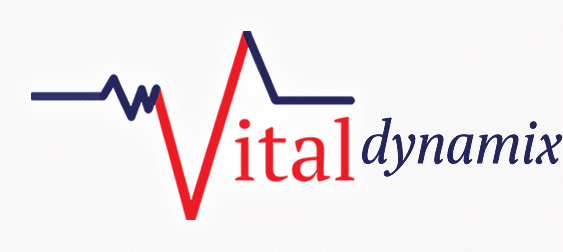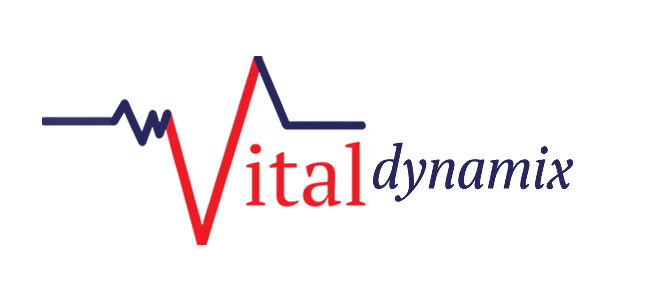May 23, 2024
Are frequent technical glitches and reliability issues with your current Electronic Visit Verification (EVV) solution getting in your way? Are you concerned about security or compliance issues? Maybe your current EVV customer support team is not living up to expectations.
If you feel like your EVV solution is not what you thought it would be you are not alone.
To assure compliance, an EVV solution must satisfy the requirements mandated by the 21st Century Cures Act, however, there are other features providers should look for that will not only satisfy these requirements but may help agencies save time and money.
Choosing an EVV: What is required
At the most basic level, an EVV solution should provide the following data points:
- Service type
- Individuals who are receiving the service
- Date of service
- Location of service delivery
- Individuals providing the service
- Start and end time of service
After this data is gathered, the EVV solution must be able to submit data to the agency’s state aggregator for report and audit.
Choosing the right EVV: What features to look for
While the items mentioned above are the basic functionality required by the 21st Center Cures Act, choosing the right EVV for your agency should involve a deeper dive. After evaluating compliance needs, companies should conduct a general needs assessment, considering factors, such as:
- The number of caregivers the agency employs
- The types of services that are provided
- Geographic scope of the agency’s operations
- Integration with existing systems & scalability
Once the general needs assessment is complete, these crucial considerations should serve as a guide when selecting an EVV solution:
- Ease of use: A user-friendly system leads to high adoption rates, saving time and reducing the
administrative burden on caregivers and back office staff.
- Features & functions: Look for key features such as GPS tracking, multi-factor authentication (MFA), “off-line mode” (supporting areas with spotty wireless service), electronic signature, scheduling capabilities, real-time monitoring, and reporting tools.
- Compatibility & Integration: An EVV solution should integrate seamlessly with your existing
systems: electronic health records (EHR), any billing software, payroll solutions, and scheduling
platforms. Compatibility ensures a smooth data exchange and reduces back-office burdens.
- Security & compliance: Security and compliance should be a priority, ensuring compliance with
HIPPA *Health Insurance Portability and Accountability Act).
- Support: Look for a provider with a track record of reliability, responsiveness to customer needs, and ongoing support and maintenance services.
- Cost: Evaluate the total cost of ownership, including upfront implementation costs, subscription fees, training expenses, and ongoing maintenance costs. Assess the potential return on investment (ROI) in terms of improved efficiency, reduced paperwork, minimized billing errors, and compliance with regulations.
- Demo: Request a demo or a trial version of the EVV solution you are considering. Engage your team’s feedback to assess the ease of use, function, and compatibility with your workflows.
Following these steps and conducting thorough research, will assist an agency with selection of an EVV solution that meets the organization’s requirements, streamlines operations, and ensures compliance with regulatory standards.

-
Company
-
About UsAbout Us
-
Links
-
SupportSupport
-
Supported DevicesSupported Devices
& Web Browsers
& Web Browsers
-
Socials
-
-
Legal
-
Privacy PolicyPrivacy Policy
-
Terms of ServiceTerms of Service
-
Software User TermsSoftware User Terms
-
Contact Legal TeamContact Legal Team
-
Technology SuppliersTechnology Suppliers
© 2025 Vital Dynamix LLC. All Rights Reserved.
Tel: 917-672-8472
Personal information is collected in accordance with our Privacy Policy.
